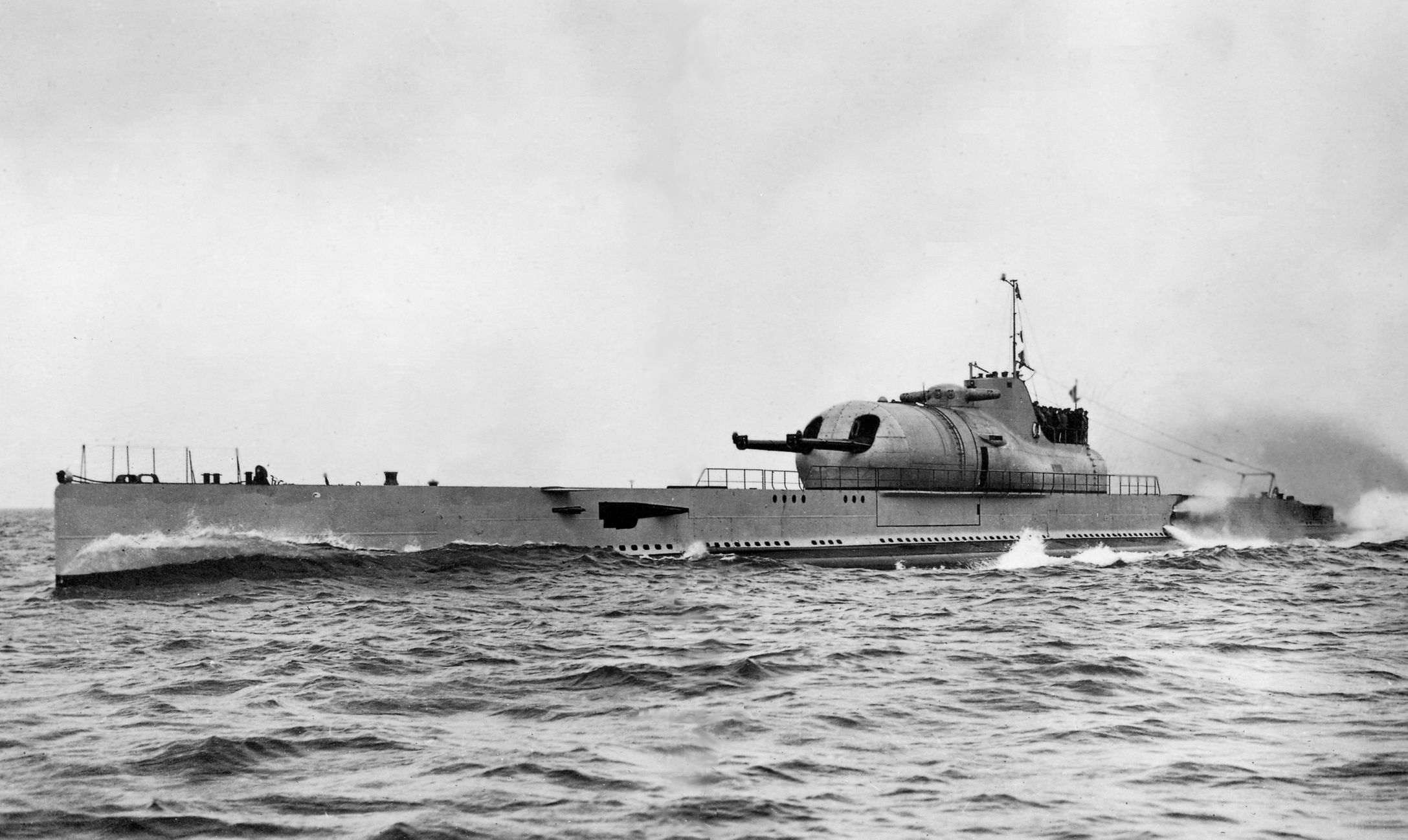SLAAKMAN
Posts: 2725
Joined: 7/24/2002
Status: offline

|
What a beautiful sub she was and what a tragic loss for such a great work of art! 

quote:
French cruiser sub Surcouf. A cross between a surface cruiser, and a submarine!
Surcouf was sunk on 18 February 1942 about 80 mi (70 nmi; 130 km) north of Cristóbal, Colón, while en route for Tahiti via the Panama Canal. The American freighter Thompson Lykes, steaming alone from Guantanamo Bay on what was a very dark night, reported hitting and running down a partially submerged object which scraped along her side and keel. Her lookouts heard people in the water but the freighter carried on its course without stopping, as they thought that they had struck a German U-boat, though cries for help were heard in English. A signal was sent to Panama describing the incident. The loss of Surcouf was announced by the Free French Headquarters in London on 18 April 1942.
Inquiries into the incident were haphazard and late, while a later French inquiry supported the idea that the sinking had been due to "friendly fire"; this conclusion was supported by Rear Admiral Auphan in his book The French Navy in World War II in which he states: "for reasons which appear to have been primarily political, she was rammed at night in the Caribbean by an American freighter." Charles de Gaulle stated in his memoirs that Surcouf "had sunk with all hands".
The wreck lies 3,000 m (9,800 ft) deep at 10°40′N 79°32′WCoordinates: 10°40′N 79°32′W.
There is a memorial to Surcouf in Cherbourg harbor.
Name: Surcouf
Namesake: Robert Surcouf
Ordered: December 1927
Launched: 18 October 1929
Commissioned: May 1934
Struck: 6 December 1943
Identification: Pennant number: N N 3
Fate: Sunk, 18 February 1942
General characteristics
Type: Cruiser/Submarine
Displacement:
3,250 long tons (3,300 t) (surfaced)
4,304 long tons (4,373 t) (submerged)
2,880 long tons (2,930 t) (dead)
Length:
110 m (361 ft)
Beam:
9 m (29 ft 6 in)
Draft:
7.25 m (23 ft 9 in)
Installed power:
7,600 hp (5,700 kW) (surfaced)
3,400 hp (2,500 kW) (submerged)
Propulsion:
2 × Sulzer diesel engines (surfaced)
2 × electric motors (submerged)
2 × screws
Speed:
18.5 knots (34.3 km/h; 21.3 mph) (surfaced)
10 kn (19 km/h; 12 mph) (submerged)
Range:
Surfaced:
18,500 km (10,000 nmi; 11,500 mi) at 10 kn (19 km/h; 12 mph)
12,600 km (6,800 nmi; 7,800 mi) at 13.5 kn (25.0 km/h; 15.5 mph)
Submerged:
130 km (70 nmi; 81 mi) at 4.5 kn (8.3 km/h; 5.2 mph)
110 km (59 nmi; 68 mi) at 5 kn (9.3 km/h; 5.8 mph)
Endurance: 90 days
Test depth: 80 m (260 ft)
Boats & landing craft carried:
1 × motorboat in watertight deck well
Capacity: 280 long tons (280 t)
Complement: 8 officers and 110 men
Armament:
2 × 203 mm (8 in) guns (1x2)
2 × 37 mm (1.46 in) anti-aircraft guns (2x1)
4 × 13.2 mm (0.52 in) anti-aircraft machine guns (2x2)
8 × 550 mm (22 in) torpedo tubes (14 torpedoes)
4 × 400 mm (16 in) torpedo tubes (8 torpedoes)
Aircraft carried:
1 × Besson MB.411 floatplane

_____________________________
Germany's unforgivable crime before the Second World War was her attempt to extricate her economy from the world's trading system and to create her own exchange mechanism which would deny world finance its opportunity to profit.
— Winston Churchill
|
 Printable Version
Printable Version




















 New Messages
New Messages No New Messages
No New Messages Hot Topic w/ New Messages
Hot Topic w/ New Messages Hot Topic w/o New Messages
Hot Topic w/o New Messages Locked w/ New Messages
Locked w/ New Messages Locked w/o New Messages
Locked w/o New Messages Post New Thread
Post New Thread